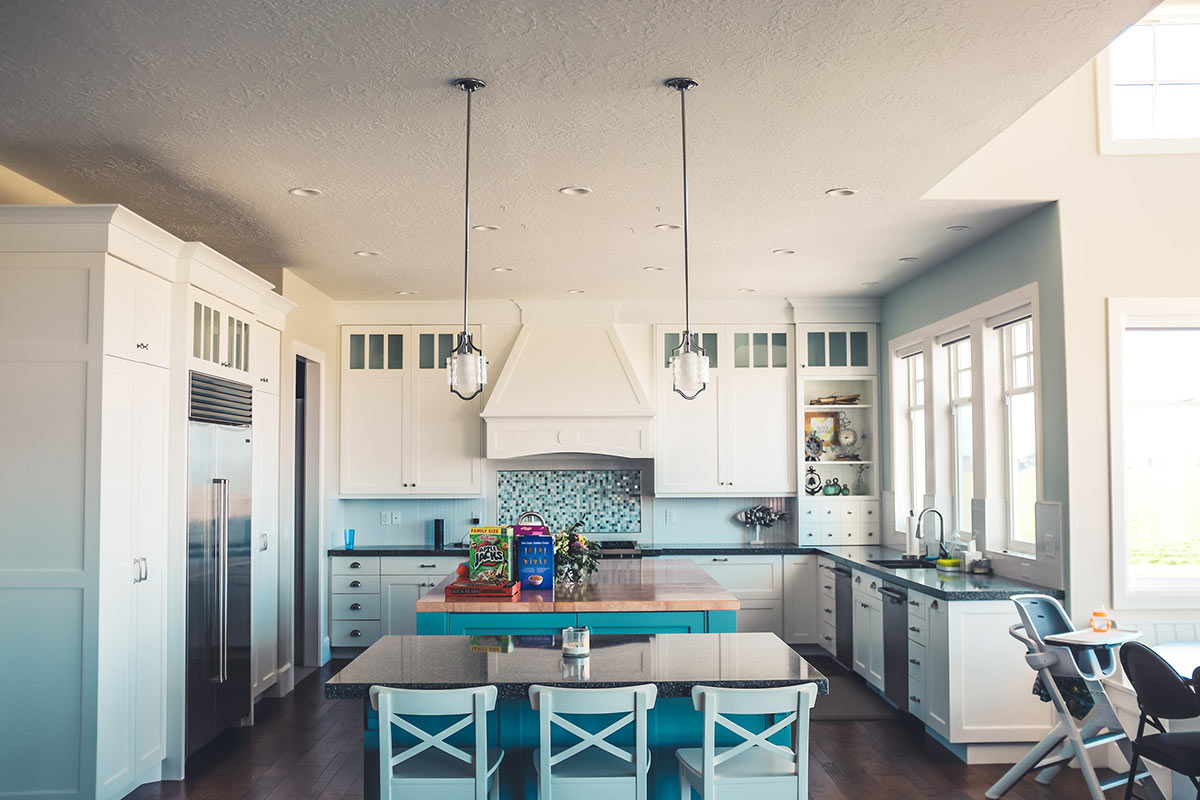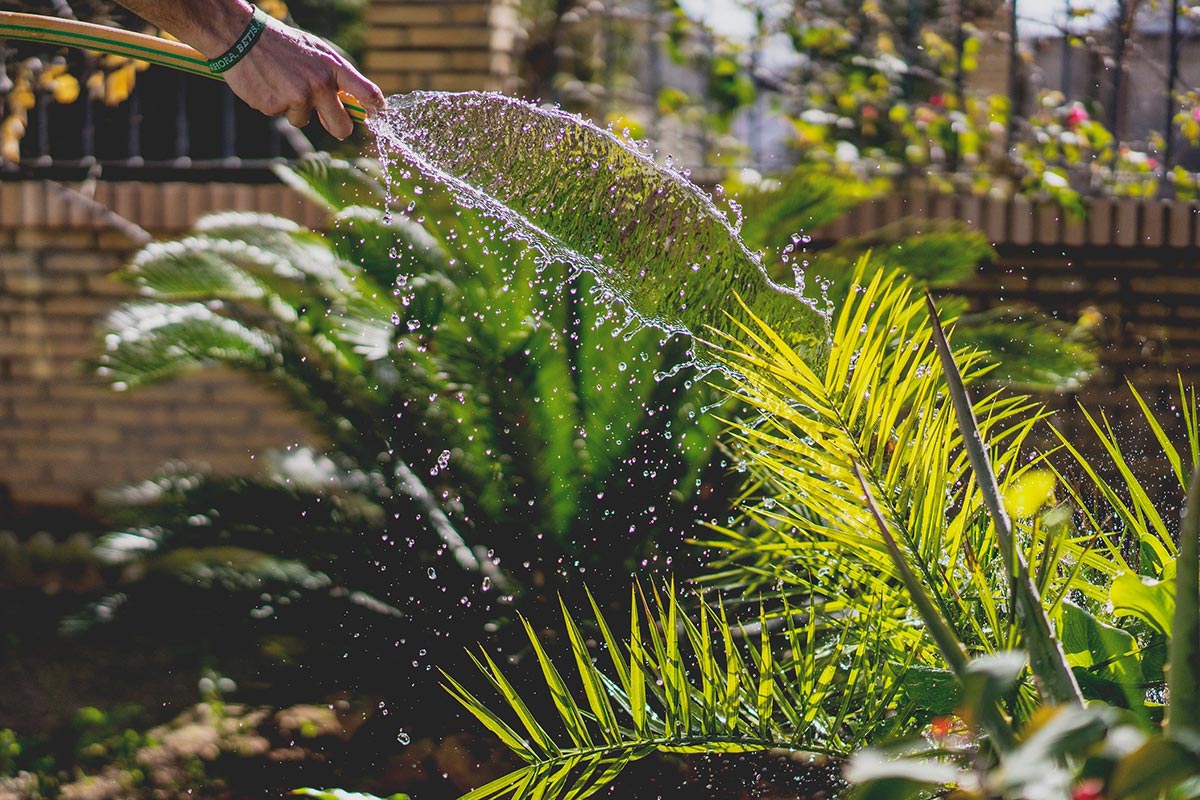Smart home technology can make your home feel like magic. Automating lights, music, and even your window blinds can give your home a modern and futuristic vibe while saving you time in the process.
However, a huge benefit of smart home technology that you might not think of is its ability to conserve energy. From keeping track of your energy use to decreasing it through automation, some devices can help you lower the amount of water and electricity you use, which in turn reduces your home’s environmental impact.
The best part? The process is completely effortless on your part, as smart home tech can be set up to learn your habits and to run efficiently with the planet in mind.
Smart home technology represents a new frontier for living more sustainably, without compromising style and comfort. Here are 4 tips for making your home more sustainable.
4 tips for making your smart home more sustainable

1. Reduce Energy Usage with a smart thermostat
The first piece to consider when creating a sustainable smart home is minimizing energy use and figuring out where it comes from. According to the EIA, the average household spends about $2k on electricity bills per year, so the issue is based on both saving money and going green.
A smart thermostat can help reduce energy usage by allowing you to program it based on your personal routine, so you can conserve energy when you’re not at home. That means no more heating or cooling an unoccupied space unnecessarily and running up your bill in the process.
You can set the thermostat schedule to be actively pushing cool air or heat only when someone is occupying a room, and some models can even learn your habits so you don’t have to manually control them too much.
Yonomi Recommends: Options from ecobee, and Honeywell Home
2. Reduce energy usage by turning off appliances remotely
TVs, video game consoles, and computers can be huge energy suckers when left on standby. Smart power strips can report on energy usage via a smart home app and let you turn your devices off or on as you see fit.
Yonomi Recommends: Options from Energenie

3. Use lights more efficiently
Wasting electricity leaves a massive carbon footprint, and studies show that 17% of that footprint is caused solely by lighting. Think about every time you’ve accidentally left lights on when leaving the house or going on vacation. All of the energy waste adds up!
One of the biggest benefits of implementing smart lights is you never have to worry about being forgetful - you can simply turn off lights from a smartphone app, which is better for the planet and your wallet.
Yonomi Recommends: LIFX, Philips Hue, LIGHTIFY
In the same way that leaving lights on accidentally burns unnecessary energy, so does using more brightness than you need. Most lights operate just fine when they’re not at 100 percent, and chances are you’ll enjoy the ambiance softer lighting provides.
Investing in a smart dimmer allows you to simply adjust your lights based on the room and your preferences (and for special occasions, like a dinner party). Even when you set your dimmer to 80 percent, you most likely won’t notice a difference in the room, but you’ll definitely see a positive change to your energy bill.
Yonomi Recommends: Options from Lutron, Insteon

4. Minimize unnecessary water usage
According to the USGS Water Census, if all U.S. households installed water-saving features, water use would decrease by 30 percent, saving an estimated 5.4 billion gallons per day. Smart home technology can help reduce your water usage on both the inside and outside of your home.
Let’s tackle the outside first. Unnecessary watering of lawns and gardens is estimated to account for nearly one-third of all residential water use, totaling nearly 9 billion gallons per day. Installing a smart irrigation system can help you save water by automating watering based on weather conditions. You can adjust the schedule as the seasons change to ensure your plants still get the water they need, but your usage is still manageable.
Yonomi Recommends: Rachio 16-Station Wi-Fi Compatible Irrigation Timer, Orbit B-Hyve Smart Watering 6-Station Built-in Wifi Indoor/Outdoor Irrigation Timer
One of the simplest changes you can make in your bathroom to make your home more sustainable is by replacing your showerhead with a smart version. Some shower heads are designed to reduce water usage and come with LED lights that turn the water spray blue, green, purple, and red based on the volume you’ve used. They also come with accompanying smartphone apps so you can set thresholds and view your water and heating savings at any point.
Yonomi Recommends: Hydrao Shower Aloe, WaterHawk 6" Smart Rain Shower Head
It’s easy to be green with smart home technology. How does your home help you be more eco-friendly, and what devices do you recommend implementing? Let us know in the comments.

